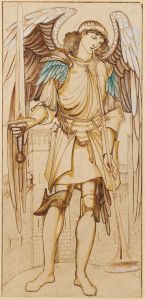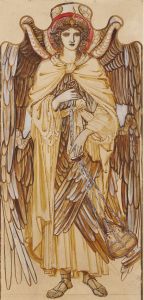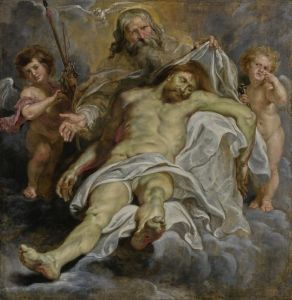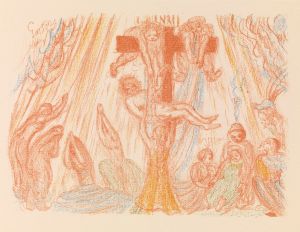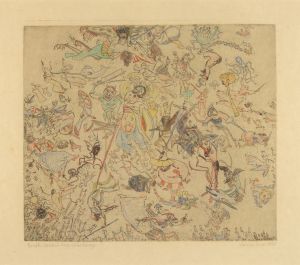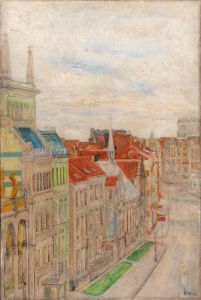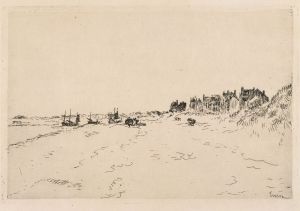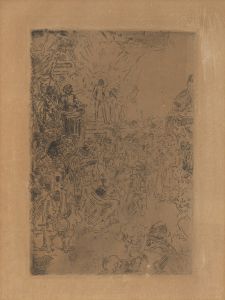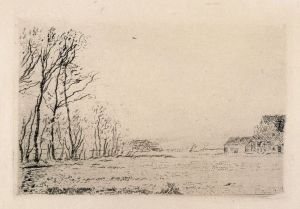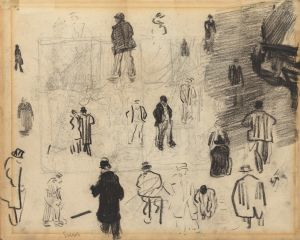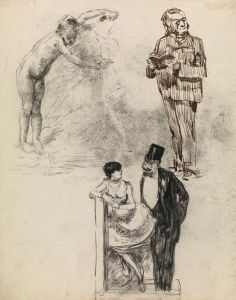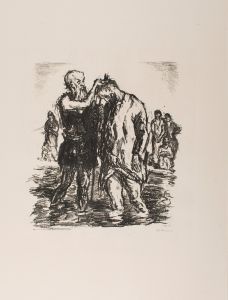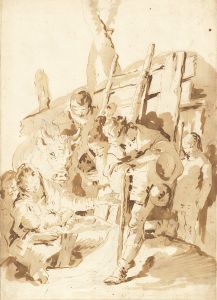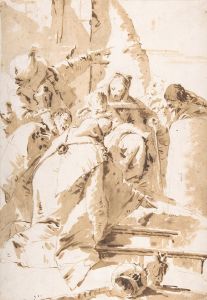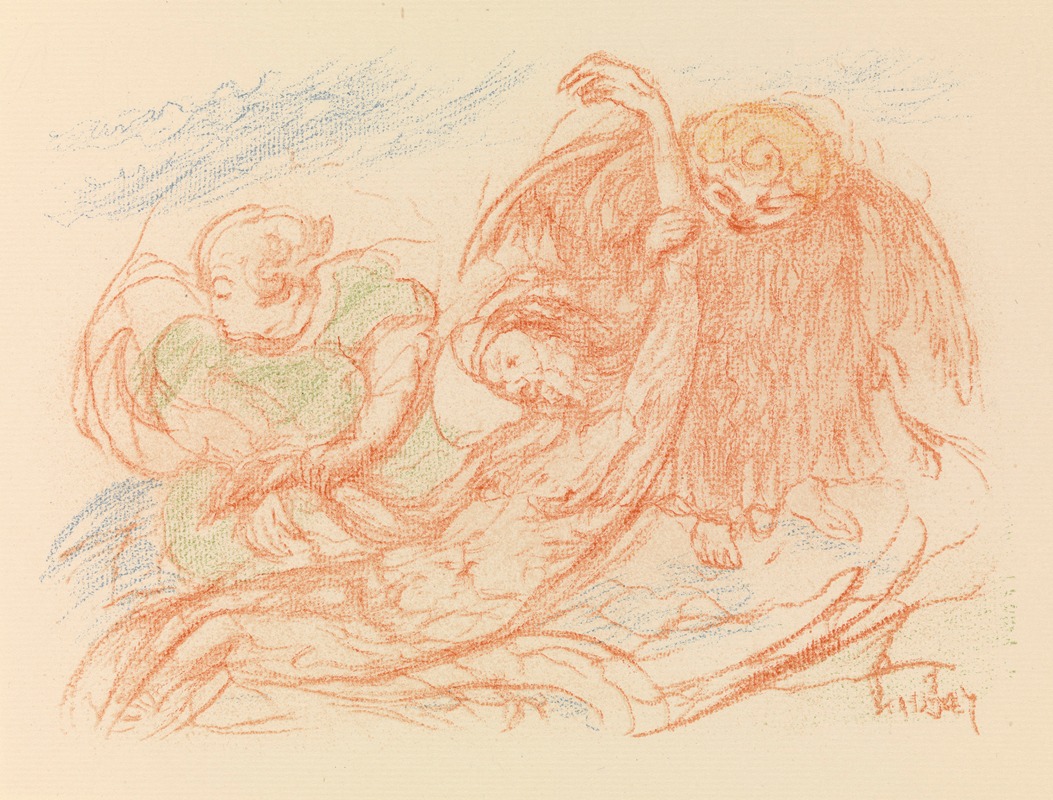
Christ and the Angels
A hand-painted replica of James Ensor’s masterpiece Christ and the Angels, meticulously crafted by professional artists to capture the true essence of the original. Each piece is created with museum-quality canvas and rare mineral pigments, carefully painted by experienced artists with delicate brushstrokes and rich, layered colors to perfectly recreate the texture of the original artwork. Unlike machine-printed reproductions, this hand-painted version brings the painting to life, infused with the artist’s emotions and skill in every stroke. Whether for personal collection or home decoration, it instantly elevates the artistic atmosphere of any space.
"Christ and the Angels" is a painting by the Belgian artist James Ensor, created in 1888. Ensor, known for his avant-garde style and unique approach to religious and existential themes, was a pivotal figure in the transition from the 19th-century Symbolism to the early 20th-century Expressionism. His work often features a blend of the grotesque and the divine, reflecting his fascination with the human condition and spiritual themes.
The painting "Christ and the Angels" depicts a scene that is both ethereal and intense, characteristic of Ensor's style. In this work, Ensor portrays Christ surrounded by a host of angels, a common motif in Christian art that symbolizes divine presence and spiritual transcendence. However, Ensor's interpretation is distinct in its execution and emotional impact. The figures are rendered with a sense of movement and energy, capturing a moment of celestial interaction.
Ensor's use of color and light in "Christ and the Angels" is particularly noteworthy. He employs a vibrant palette, with bold contrasts that enhance the dramatic effect of the scene. The angels are depicted with luminous, almost translucent qualities, which contrast with the more solid and grounded figure of Christ. This use of color and light not only highlights the central figures but also creates a sense of depth and dimension, drawing the viewer into the spiritual narrative.
The painting reflects Ensor's interest in exploring themes of redemption, salvation, and the divine. His depiction of Christ is both reverent and human, capturing the dual nature of Christ as both a divine figure and a part of the human experience. The angels, while traditionally seen as messengers of God, are portrayed with a sense of individuality and emotion, suggesting a more personal and intimate connection to the divine.
James Ensor's work, including "Christ and the Angels," was often met with mixed reactions during his lifetime. His unconventional style and subject matter challenged the artistic norms of the time, leading to both criticism and acclaim. Today, Ensor is celebrated for his innovative approach and his ability to convey complex spiritual and existential themes through his art.
"Christ and the Angels" is housed in the Royal Museum of Fine Arts in Antwerp, Belgium, where it continues to be a subject of study and admiration. The painting is an excellent example of Ensor's ability to blend traditional religious iconography with his unique artistic vision, making it a significant work in the history of modern art. Through this painting, Ensor invites viewers to contemplate the mysteries of faith and the human experience, offering a glimpse into the spiritual world through his distinctive lens.





